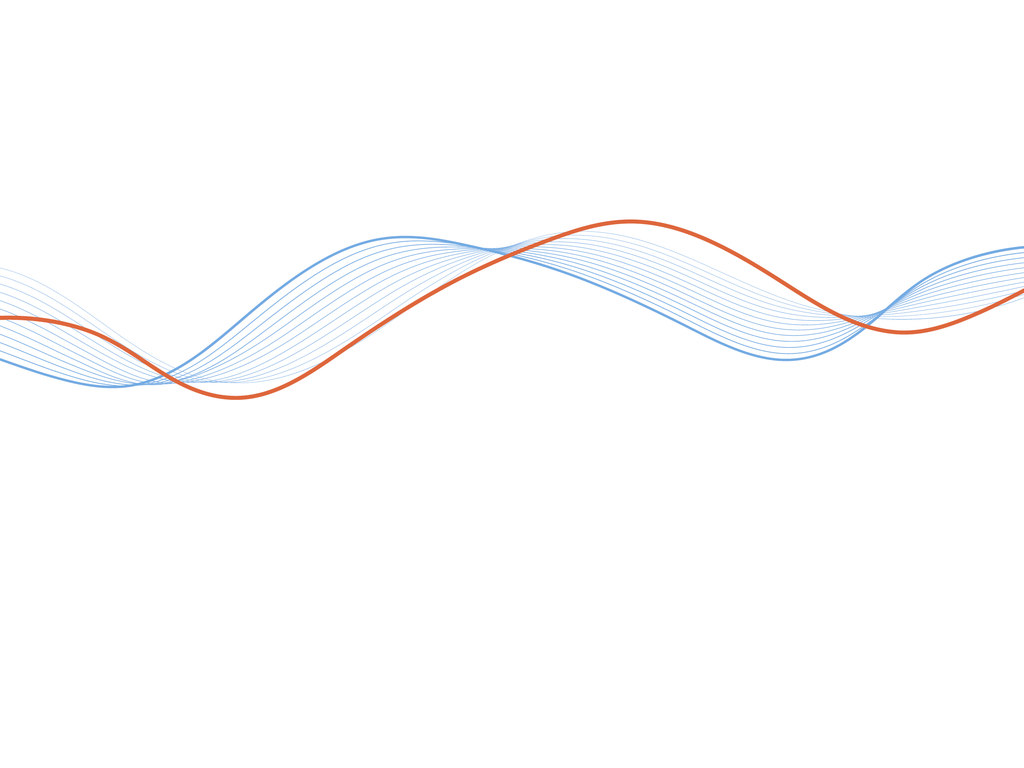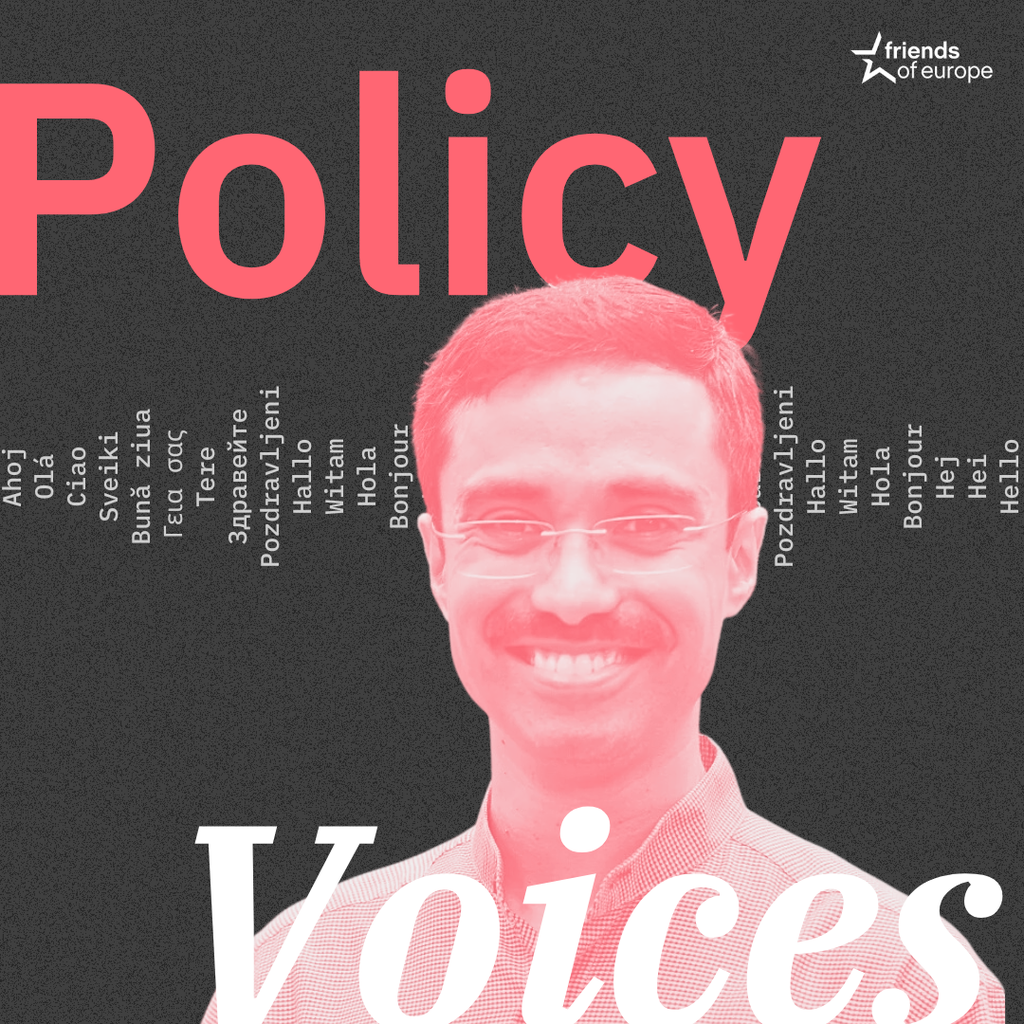A European agenda for space: resilience, security and sovereignty
Past event In person

- Area of Expertise
- Digital & Data Governance

Associate Professor at University College Dublin, Chair of the Irish Citizens’ Assembly on Biodiversity Loss and 2017 European Young Leader (EYL40)
Aoibhinn Ní Shúilleabháin is an Irish academic and broadcaster, and a European Young Leader
The academic fields of science, technology, engineering and mathematics – known as STEM – are becoming progressively more important to economies around the globe. But while the number of people working in STEM is increasing, women are still significantly under-represented and this gender disparity becomes more and more prominent at senior levels.
Across the European Union, while there is near gender parity at undergraduate level across the sciences, less than one-fifth of more senior, decision-making roles are occupied by women. Depending on the country and discipline, this proportion is even lower. This ‘scissor effect’ is a worrying issue in STEM and, in the pursuit of excellence in scientific research, we should strive to tackle and improve diversity in research at institutional and cultural levels.
The European Commission has attempted to tackle the matter of gender inequality in STEM through various policies and funding mechanisms. In Horizon 2020, the EU’s current major research and innovation programme, the objective of gender equality has been enshrined in commitments such as prioritising gender balance in research teams as a ranking factor of project proposals, achieving a target of 40% female representation in expert groups and evaluation panels and, where appropriate, emphasising gender as a focus of research. This strong emphasis on gender by no means undermines some of the excellent examples of research and mentorship to date, but rather emphasises the goals of gender equality in STEM at local, national and European levels.
‘Standing on the shoulders of giants’, a phrase associated with the collective practice of expanding our understanding of the world around us, has more often than not referred to successful male scientists than to their female counterparts. Until the 20th century, women were largely prohibited from studying at higher-level institutes and this has led, in part, to a lack of female role models with the same renown as researchers such as Max Planck, Albert Einstein and Robert Boyle. Historically, arguments were made that once numbers of women entering university reached sufficient levels, gender bias in the sciences would gradually disappear.
We should be encouraged by the levels of success in STEM research across Europe
But the so-called ‘leaking pipeline’ has prevailed. Despite the growing number of women studying STEM at undergraduate level and annual increases in the number of women employed as scientists and engineers, women still account for just over a quarter of PhD graduates in engineering, manufacturing, and construction, and only a fifth of those graduating from computing. Only two of the 203 Nobel laureates in physics have been women (Marie Curie and Maria Goeppert-Mayer) and it was not until 2014 that a woman, Maryam Mirzakhani, was awarded the Fields Medal, the most prestigious award in mathematics.
Even more worrying, the latest ‘She Figures’ report from the European Commission has noted the persistence of a sizeable pay gap between male and female researchers. These inequities are not due to innate inabilities of women in the sciences, but rather to underpinning structures and cultures within STEM research.
Many studies have highlighted the disadvantages facing women when it comes to hiring and promotion. In the Netherlands, a study of applications and funding reviews found a bias towards male applicants. Research from Germany has shown that women, despite having as many or more publications in fields such as material science and astronomy, are less likely to hold the more senior role of ‘corresponding author’ on research papers. Further studies have shown that women researchers are less likely to be invited as keynote or guest-speakers at large conferences, a metric often valued in academic promotion. When combined, such biases create an environment favouring male researchers in STEM and, to use the phrase coined by Virginia Vallan of City University of New York, these “many molehills together make a mountain”.
Issues of gender inequality can only be addressed by highlighting potentially biased practices, no matter how embedded, and through clear and robust policy directives supporting women researchers. Taking my own country as an example, in an attempt to retain excellent female researchers and increase the standard and impact of Irish research, Science Foundation Ireland has recently committed to decreasing the gender imbalance among its award holders.
Many studies have highlighted the disadvantages facing women when it comes to hiring and promotion
There are incentives for research bodies to submit applications from female researchers to various programmes. Within three years all higher education institutes in Ireland will need an Athena SWAN Bronze Institutional Award – which requires a commitment to advancing gender equality – to be eligible for funding. This is a dramatic move in the STEM landscape in Ireland and one which has brought discussions and policies on gender equality in the sciences to the fore. Furthermore, a recent policy document from Ireland’s Department of Education and Skills has committed the government to encourage more young women into mathematics- and physics-based courses, where there is a marked difference in the numbers of male and female students enrolling at post-primary and undergraduate level.
At an EU level, it is important to establish networks of women scientists to promote and support gender equality in STEM. Initiatives such as AcademiaNet, set up by Dr Ingrid Wünning Tschol of the Robert Bosch Stiftung in Germany, provide a platform for women to share their expertise across the continent and to establish important networking mechanisms for women working in STEM. Other initiatives attempting to directly tackle gender inequity involve gender quotas and female-only job competitions for positions in research and academia. For example, The Royal Netherlands Academy of Arts and Sciences, 13% of whose membership is female, is to hold women-only elections for up to ten new members.
We should be encouraged by the levels of success in STEM research across Europe. From exciting findings in particle physics at the nuclear research body CERN, to breakthroughs in anti-viral drugs, European researchers are at the forefront of increasing our knowledge of the world around us. But noting the gender inequalities currently evident in STEM, it is important to remember that diversity supports creativity and innovation, and that research is a highly creative endeavour that benefits from the participation of all social groups and genders.
It is important that we continue to highlight potential biases in present research systems and reassess policy structures so that they provide everyone with viable pathways of development and promotion in STEM. Changing certain cultures of research will not negatively impact quality; instead it will enhance the output of the scientific research communities.
Past event In person

Next event In person & livestreamed

Past event Online

Past event In person





Stay informed
We use cookies and similar technologies to adjust your preferences, analyze traffic and measure the effectiveness of our campaigns. Learn more about our privacy policy.